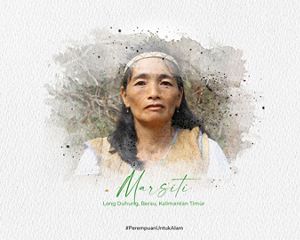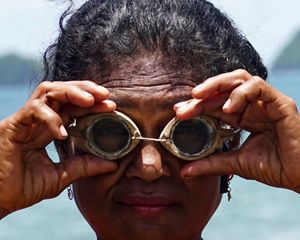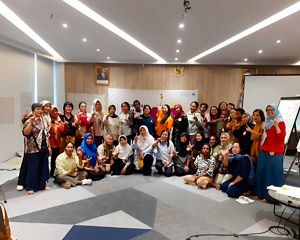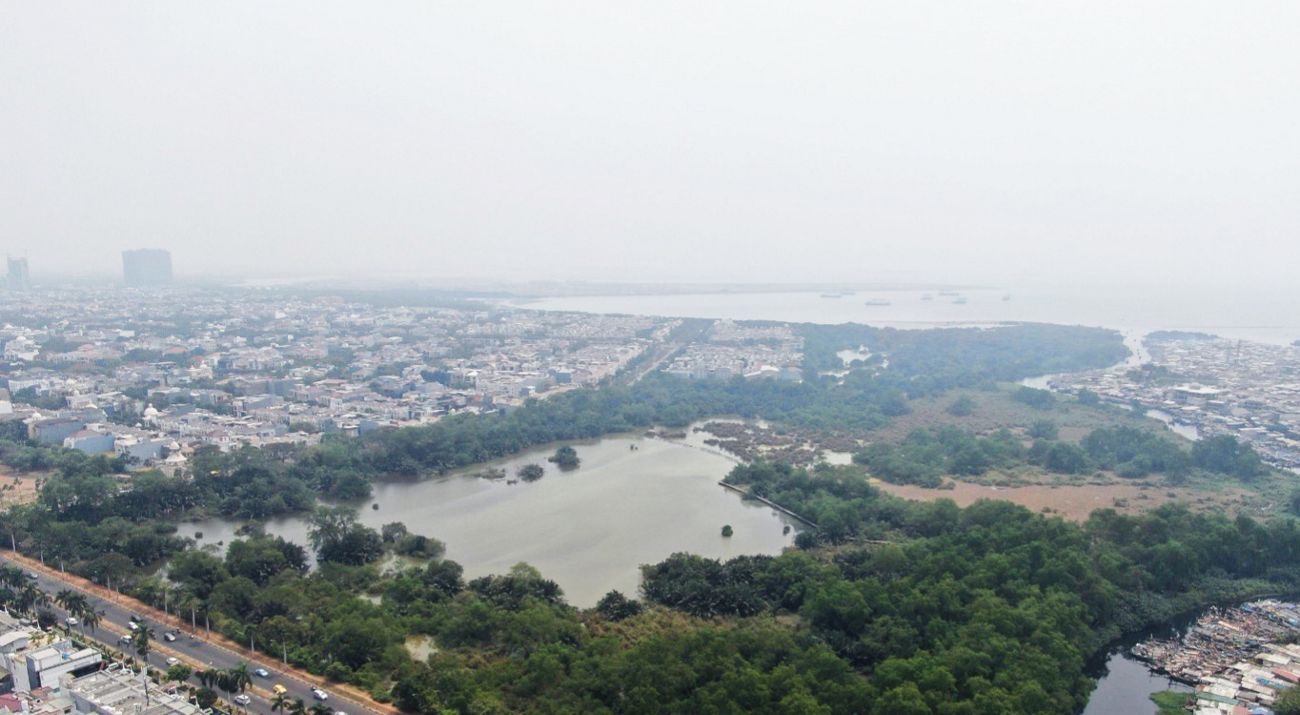
Initial Indications of the Success of the MERA Program Mangrove Restoration in the Muara Angke Wildlife Reserve
Muara Angke Wildlife Reserve (SM) is the smallest wildlife reserve in Indonesia, with an area of 25.02 hectares. Its location in the city of Jakarta causes this sanctuary to face tremendous environmental pressure, which impacts the reduction in the number of flora and fauna species and the loss of the mangrove's ability to regenerate naturally.
The Jakarta Natural Resources Conservation Agency (BKSDA) is collaborating with YKAN through the Mangrove Ecosystem Restoration Alliance (MERA) Program to restore the Muara Angke SM ecosystem over five years (2018 – 2023). The primary strategy carried out is not just planting mangroves but improving the ecosystem, which aims to restore the function of the mangrove ecosystem.
Read: RIL-C Monitoring as Provision for KPH throughout East Kalimantan
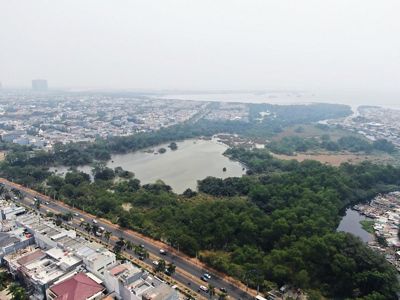
Some environmental improvement strategies that the MERA program has implemented include:
- Improve hydrology by increasing seawater supply and water circulation to and from the area (5,995 m2 river channel to encourage maximum mangrove growth).
- nstall a 203 m wide waste barrier to prevent solid waste from entering the area.
- Control of invasive plant species on an area of 1.37 ha to encourage natural mangrove regeneration).
- Piling up substrate (planting media) in flooded areas to support natural mangrove regeneration.
- Construction of a water canal covering an area of 82.54 m to control flooding.
These various strategies have produced various concrete achievements. The four indicators recorded by the Jakarta BKSDA as success in restoration activities are:
- Natural regeneration of the Sonneratia caseolaris (Pidada) species in July, covering an area of 78-149 ha. Before this program was implemented, no regeneration process was found in this most difficult-to-cultivate species.
- Increase water salinity from 0.38 ppt in 2015 to 15 ppt in November 2023. Salinity in November 2023 is the highest in the last two decades.
- Waste volume decreased by 90%.
- Increase in bird species and herpetofauna.
Apart from the four impacts seen above, the regeneration of the Sonneratia caseolaris mangrove species without planting is also visible. This indicates that the Muara Angke Wildlife Reserve's natural environmental function is improving. The restoration program has been running for five years and has had a positive impact.


